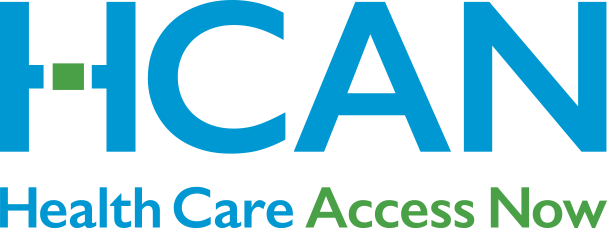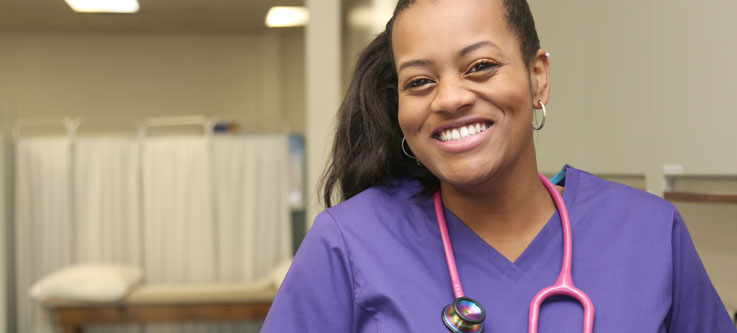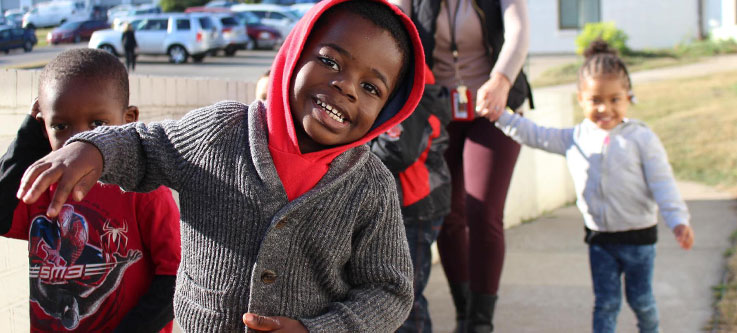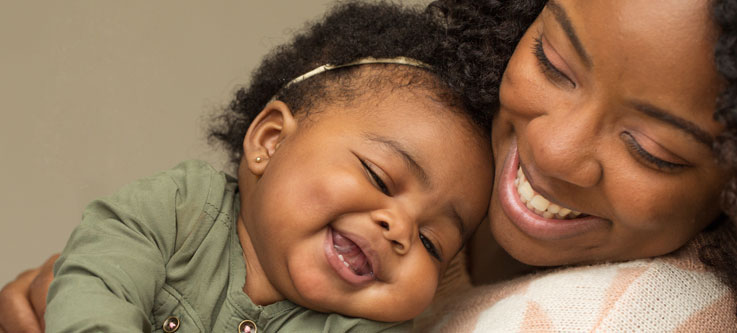The healthiest city in the U.S.

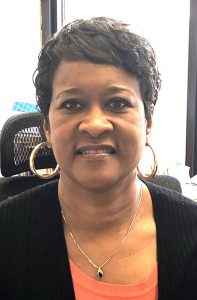
D. Jill Byrd, RN, Nursing Supervisor for the Cincinnati Health Department (CHD), wants to “make all the citizens of Cincinnati as healthy as possible and to decrease any barriers that would cause issues for them.” Ultimately, the goal of CHD is to make Cincinnati “the healthiest city in the United States.”
One of her areas of focus is prenatal patients and/or new mothers and their babies. Referrals for the CHD Community Health Worker Program (CHW) come from health centers, schools, and outside sources, including HCAN.
“We work with Cradle Cincinnati and other entities, make referrals to Every Child Succeeds, Healthy Moms and Babes, and our own maternal child nursing program [for example], and interact with other outside sources to complete our tasks,” Byrd says.
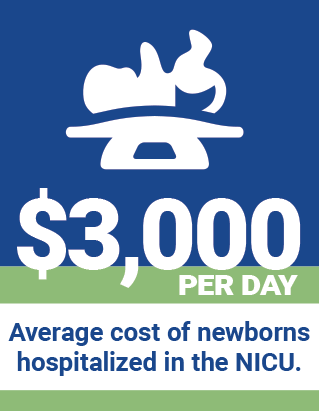
“HCAN is our Community Health Worker hub.” CHD has been working with HCAN since HCAN’s inception. “We wouldn’t have been able to do everything HCAN does. They’re a hub for many of the CHW programs, showing different insurers the data that demonstrates just how much CHWs positively impact healthcare: fewer days in the NICU [Newborn Intensive Care Unit], the intensive focus on each mom, spending less money, but receiving more auxiliary healthcare services.”
That’s not all HCAN does. “They give us referrals, and we use their CCS [electronic medical records (EMR)] system, which provides a consistent EMR for various CHW programs and helps us see what support people get, so we don’t duplicate services. They also give us important data that shows what works.”
A new discipline that makes a big difference
Byrd has been a nurse with CHD for 31 years. She admits she was skeptical about CHWs when the discipline was first introduced to the Cincinnati area. Now, however, she sees how valuable they are and acts as their champion.
“I’ve heard one Community Health Worker say they’re like the Google of healthcare. They don’t provide all the services, but they know where to tell you to go to get the services, and they’ll assist you in getting there. They’re decreasing barriers left and right.
“Not everyone is born with the same opportunity,” Byrd says, “The lack of health equity has a big impact on our community. Adding the CHW discipline to the existing nursing and social work fields is so exciting. CHWs give the patients more opportunities to persevere,” she says. “They drill down to details in a way that nurses and social workers can’t because of their other responsibilities.”
Cincinnati Health Department: A lot of good work
CHD provides a wide array of important services. “These [services] make [CHD] like the glue holding together a patient’s experience. We make sure everything happens as it should,” Byrd says.
She says her department has been seeing more issues with mental health. They use an Edinburgh scale to gauge pre- and post-natal depression. She tells the story of a pregnant teenager who wanted to choose an adoptive plan for her baby.
“But her mother was totally against it and threatening to kick her out. The teenager became suicidal.” That’s where the rapport with her CHW made the difference. “She confided her suicide plan to her CHW, who took the steps needed to get her hospitalized to get care. We put a lot of services together, and when we were finished, the new mother knew she still had additional support and services to assist and guide her.”
These kinds of accomplishments represent the parts of her work at CHD that fulfill Byrd: “Through tenacity and care, we’re able to get to a better outcome. We teach our parents things they need to know to care for themselves and their children, and to excel.”
